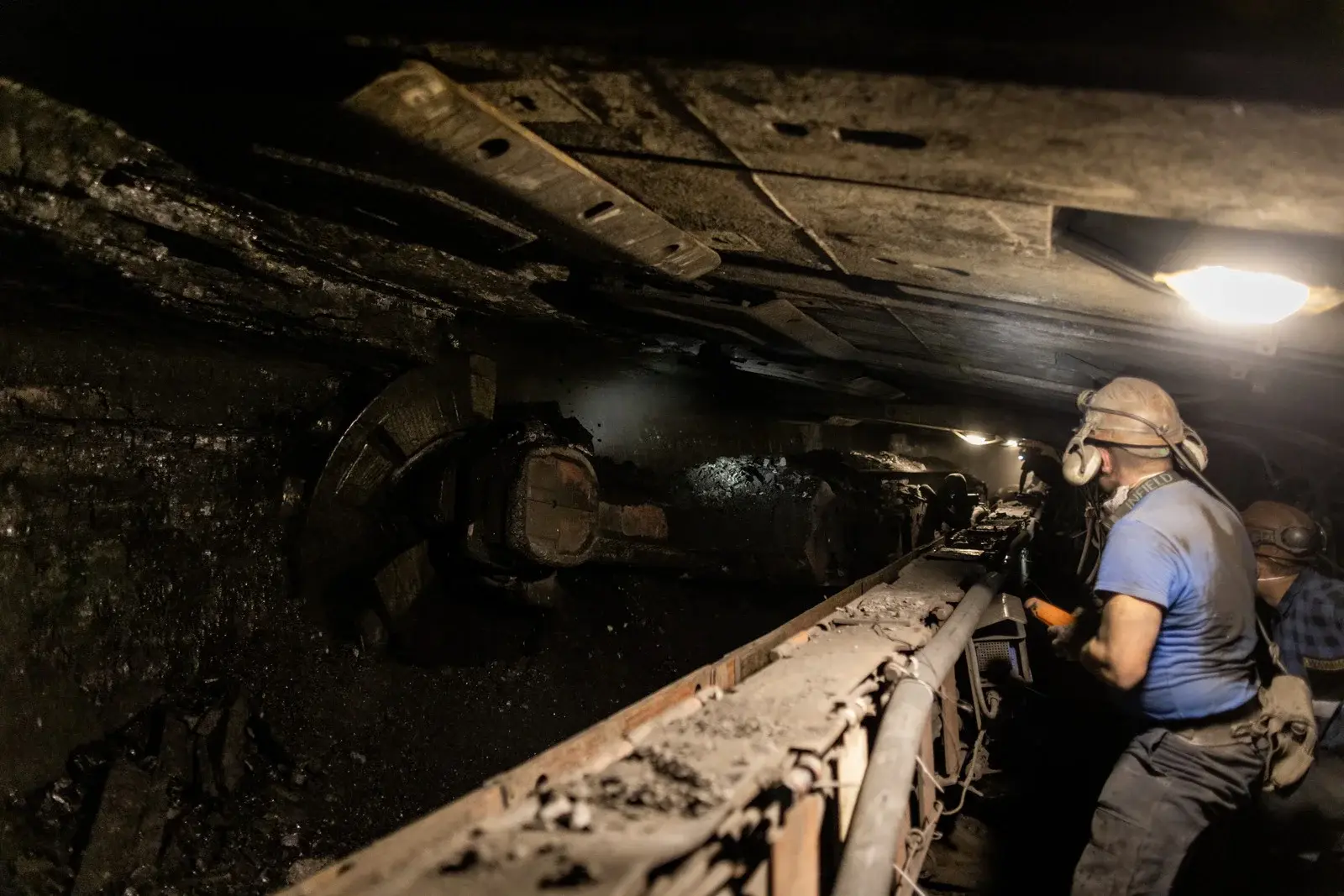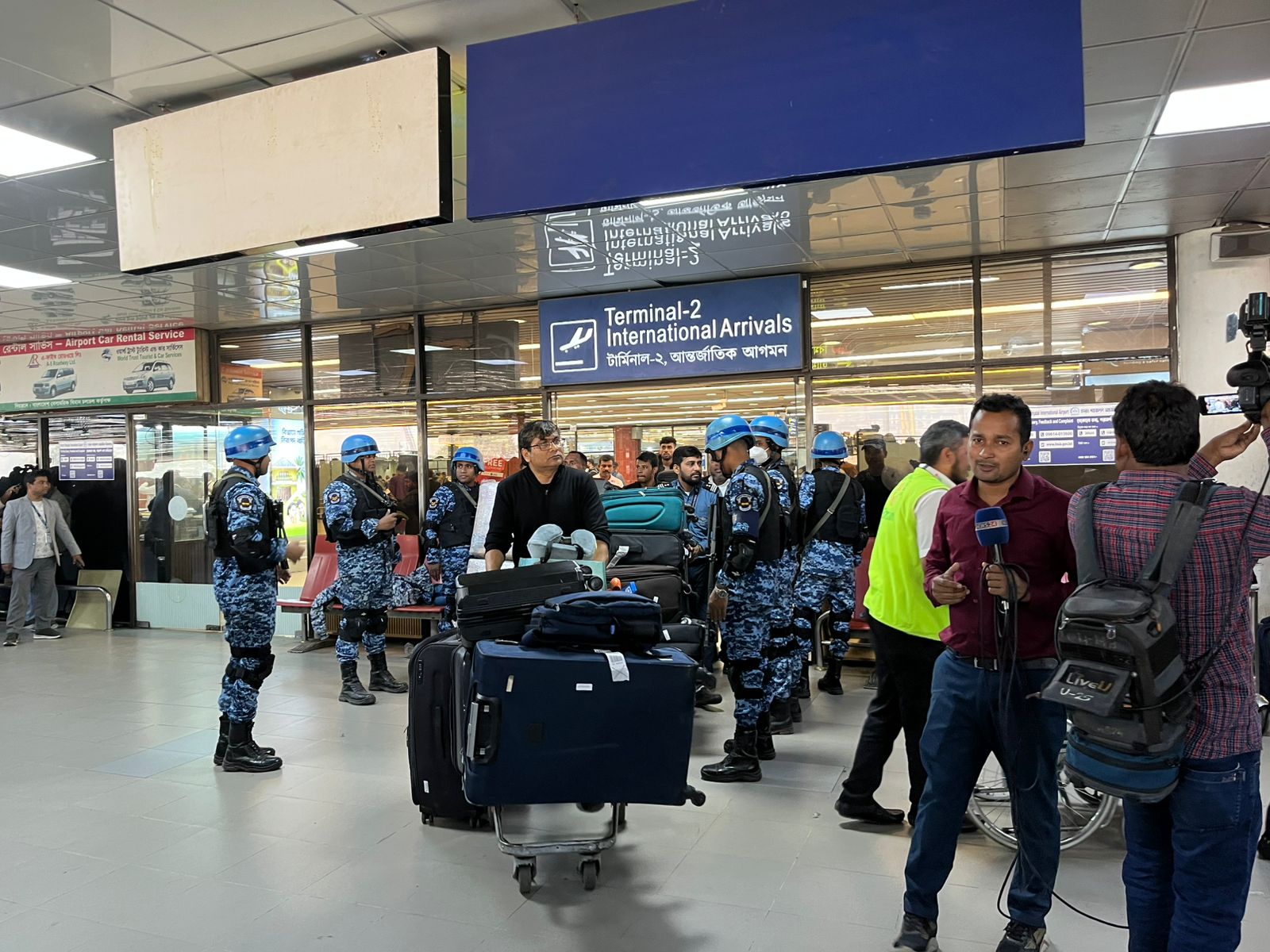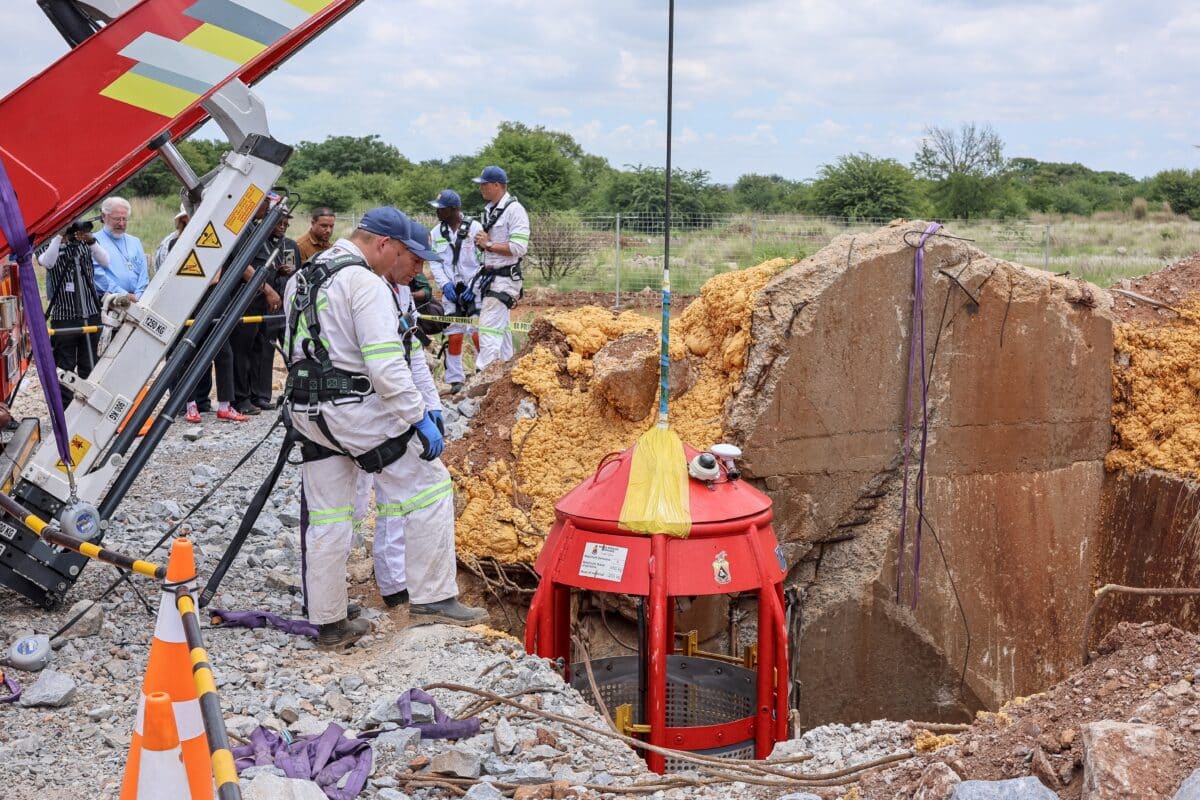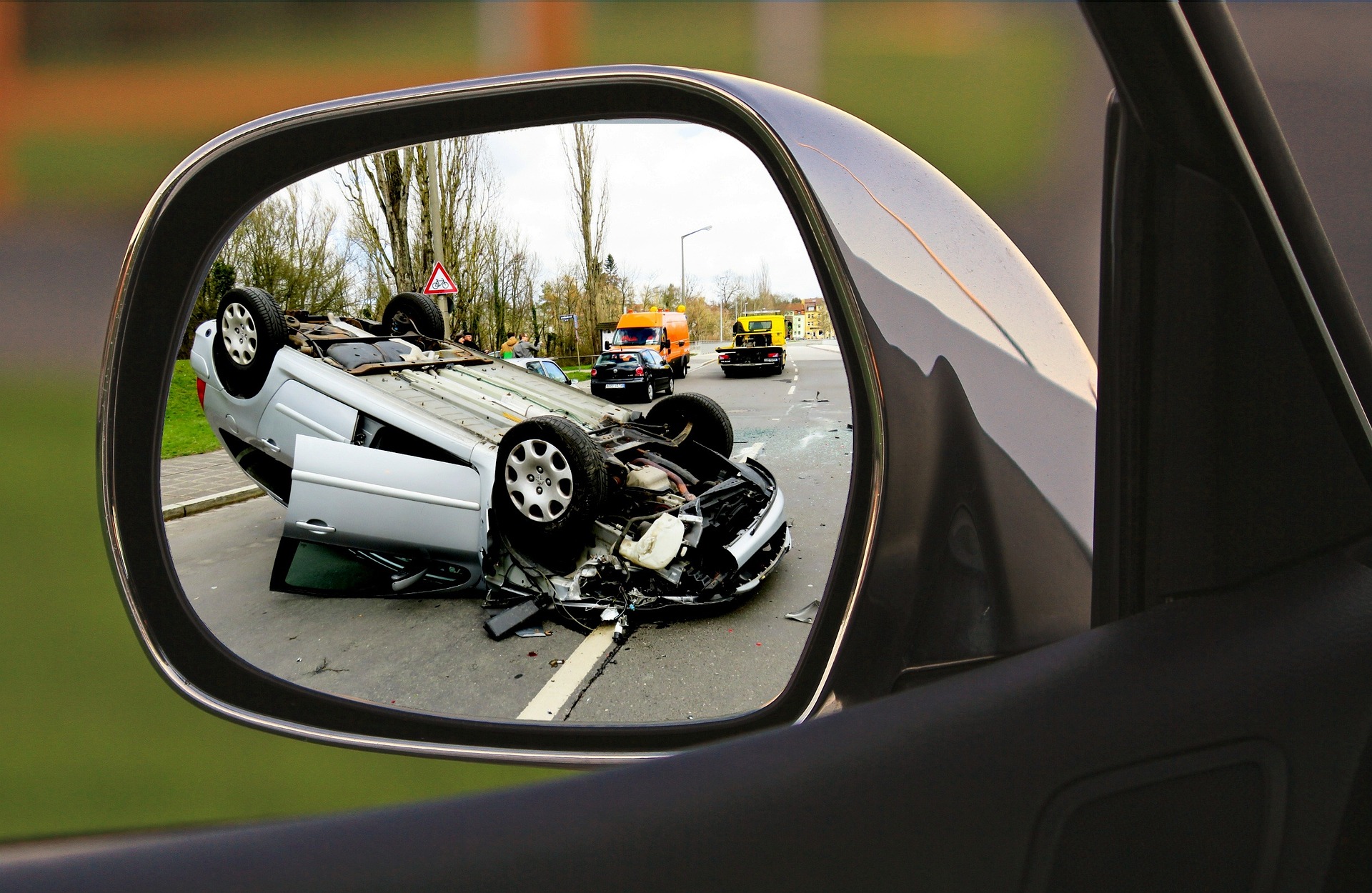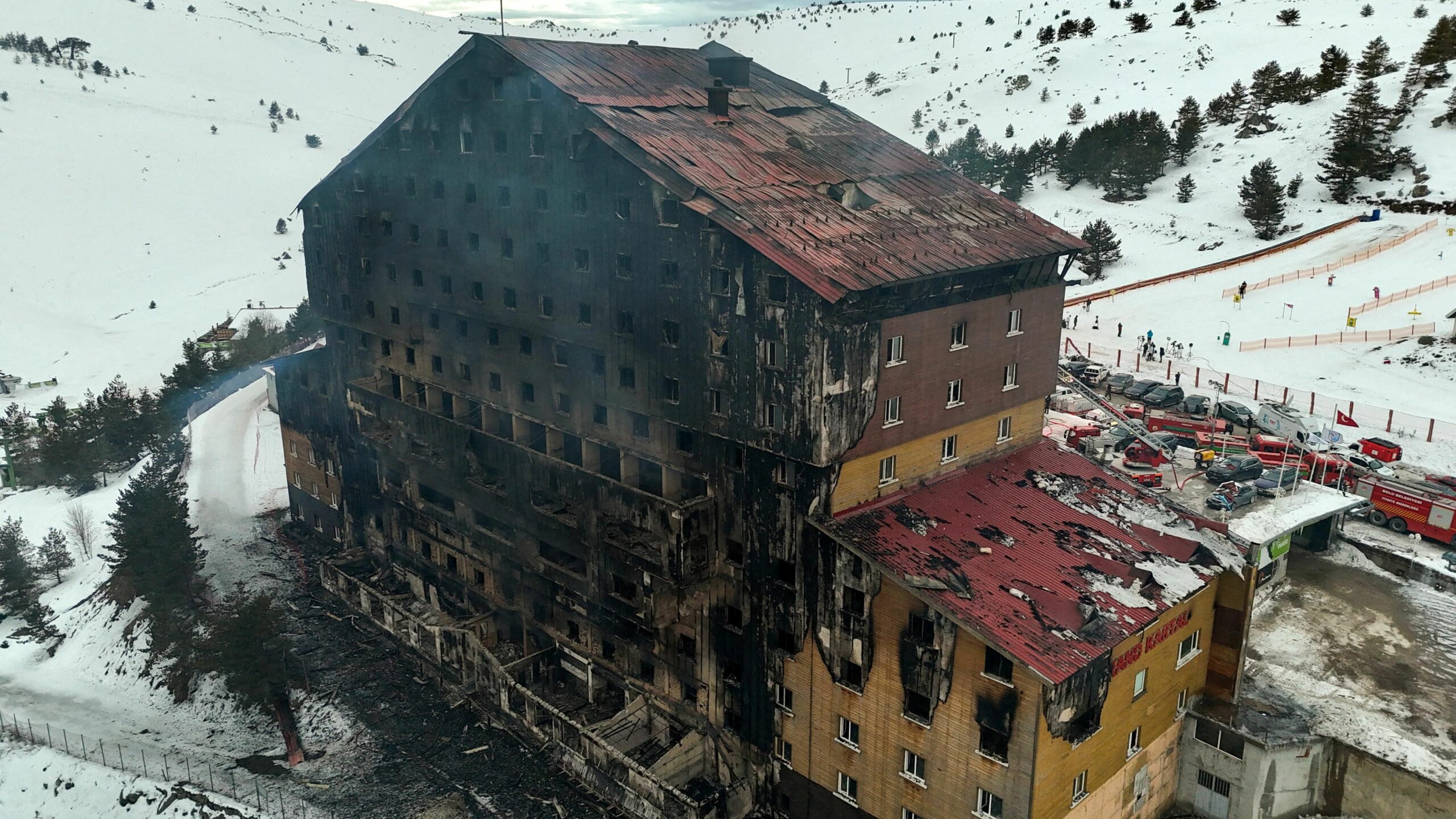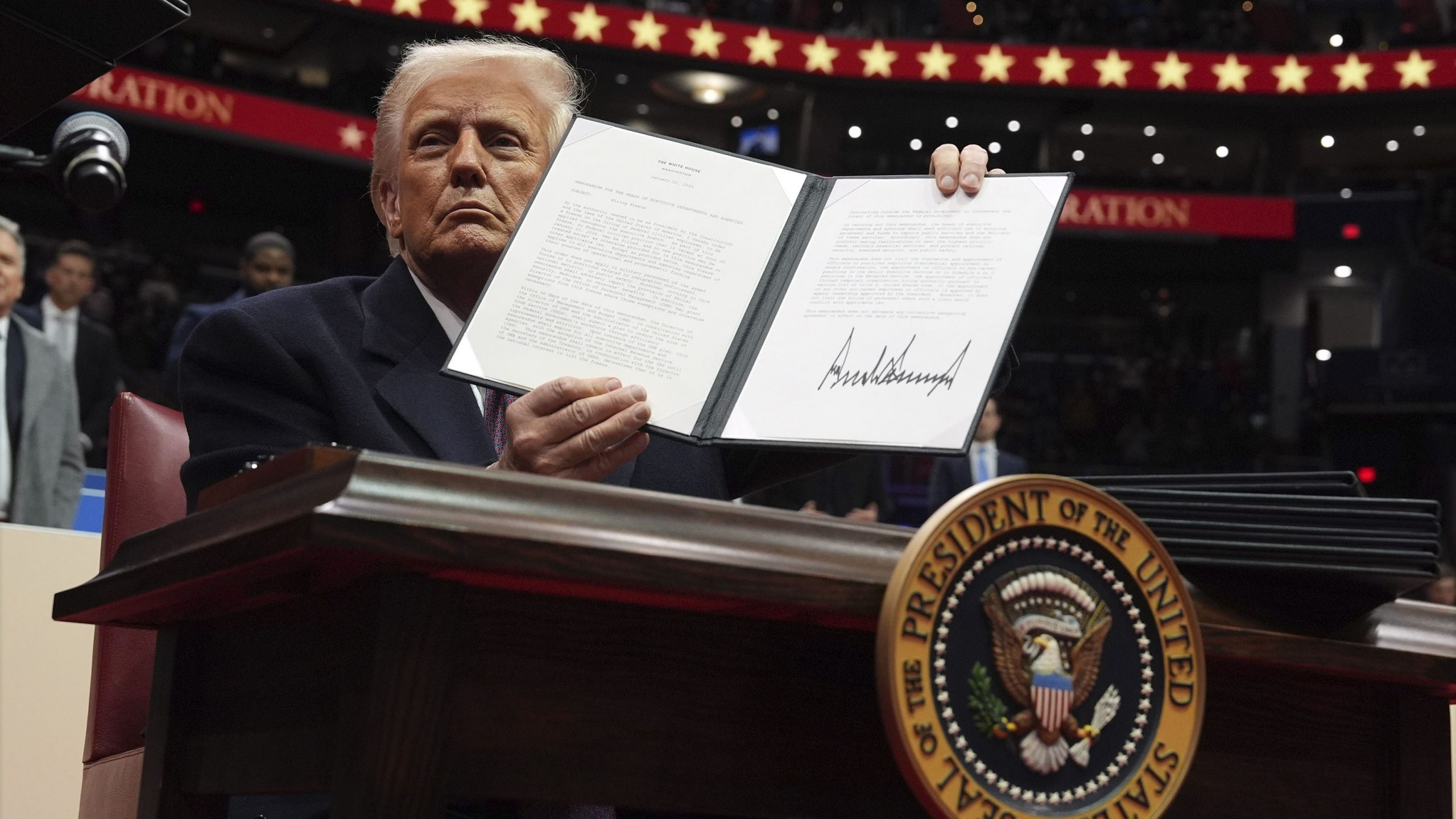Hurricane Ian: Cuba suffers complete blackout after storm
One person was killed and buildings were damaged across the country.
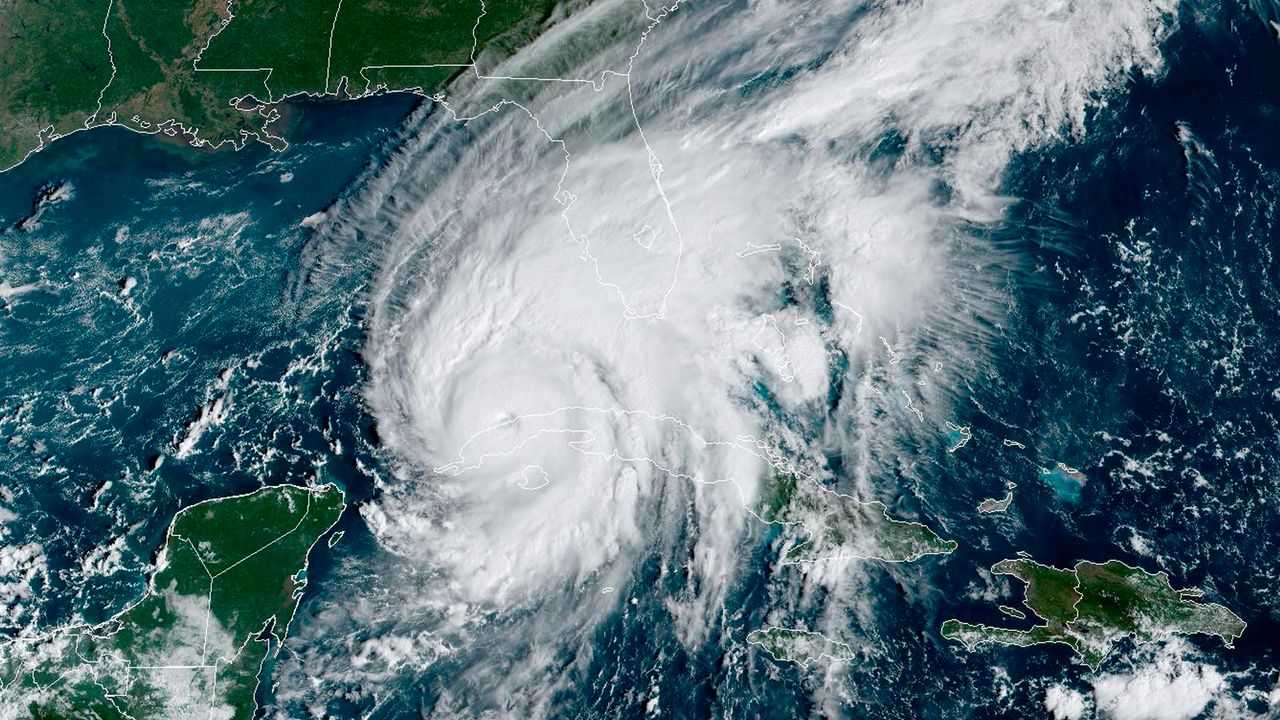
KATHMANDU: Cuba is complete without power after Hurricane Ian pummelled the western end of the island, its government has announced.
The electrical system is experiencing total collapse, officials said, after one of the main power plants could not be brought back online.
One person was killed and buildings were damaged across the country.
The category three hurricane, packing wind speeds of up to 195km/h (120mph), is now bearing down on Florida.
On Cuban state television on Tuesday, the head of the electrical energy authority announced that an island-wide blackout had occurred as a result of a collapse of the national electrical system.
The complete shutdown took place after Hurricane Ian left many parts of Havana and the entire westernmost province of Pinar del Rio without power for around 24 hours.
A journalist with a state-run news agency reported that 100% of the electrical circuits in the country were out of service and that “the Antonio Guiteras thermo-electric power plant… could not be synchronized.”
Based in Matanzas, Antonio Guiteras is the most important energy plant in Cuba. Its collapse means there is currently no electricity generation anywhere on the island.

Last month, the nearby fuel depot in Matanzas was damaged by a huge fire, cutting the available fuel storage capacity in half and sparking rolling blackouts across Cuba.
Forecasters had warned that some regions of Cuba could see up to 30cm (12in) of rain.
Mayelin Suarez, a resident of Pinar del Rio, called the night the storm hit “the darkest of her life”.
“We almost lost the roof off our house,” she told Reuters. “My daughter, my husband and I tied it down with a rope to keep it from flying away.”
Cuban President Miguel Diaz Canel visited the area and vowed that the province would rise “above adversity”, the Cuban presidency tweeted.
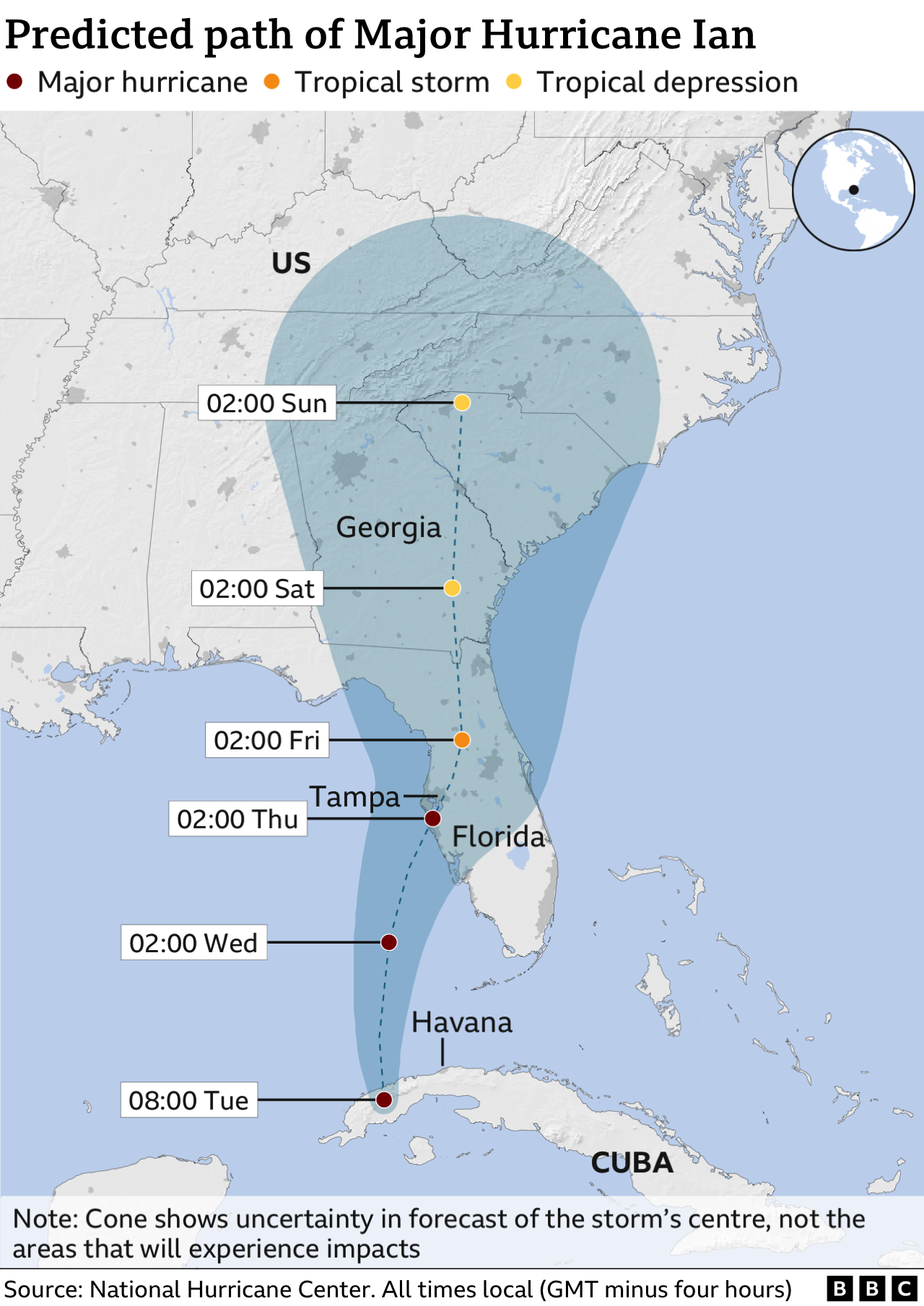
A 43-year-old woman in the province was killed after the walls of her home collapsed.
The hurricane has been gathering force in the south-eastern Gulf of Mexico after leaving Cuba, says the US National Hurricane Center (NHC).
On Tuesday night the storm was passing over the Florida Keys, a string of islands off the southern tip of the state.
It is projected to make landfall on Florida’s west coast late on Wednesday.
The NHC says that Ian could be a category four hurricane by the time it strikes Florida’s western coast, with wind speeds topping 130mph. Over two million people in Florida are under evacuation orders.
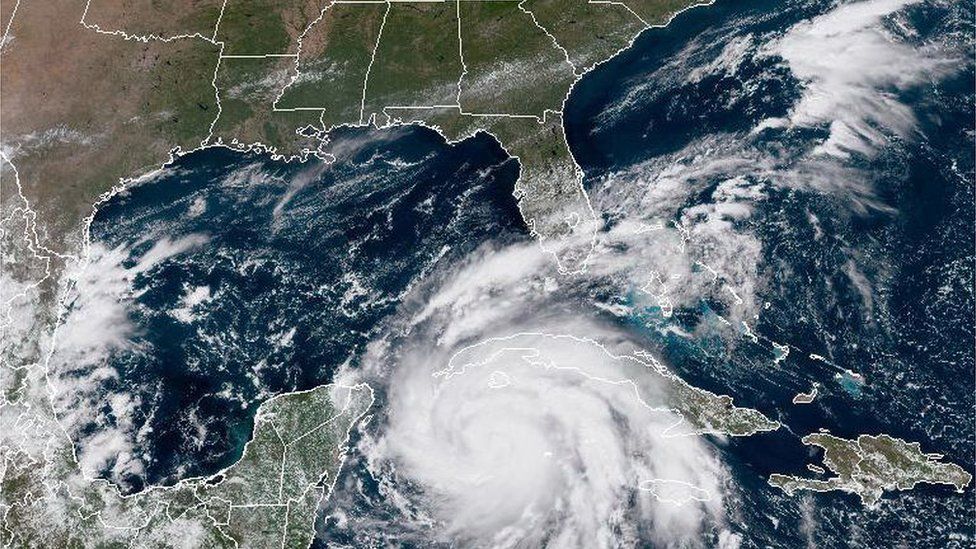
Florida Governor Ron DeSantis warned in a news conference on Tuesday that the storm is “the real deal”.
The governor declared a state of emergency for all of Florida over the weekend and has activated 5,000 National Guard troops to assist with relief efforts.
The Tampa area could receive its first direct hit from a hurricane since 1921, officials say, and might see 3m (10ft) of storm surge along the coast.
Meteorologists have said flash flooding is possible by Tuesday in the Florida peninsula and the Florida Keys as the hurricane approaches.
The White House has also made its own emergency declaration, which will help federal and state officials coordinate disaster relief and assistance.
The White House said President Joe Biden, a Democrat, had spoken with Gov DeSantis, a Republican, on Tuesday evening, and that the two had committed to “continued close coordination”.
The Caribbean is still reeling from the effects of Hurricane Fiona, which tore through the region last week.
Moving northward to parts of the Atlantic Canada coastline and eastern Quebec, Fiona claimed two lives, washed homes into the sea and downed power lines over the weekend.
-BBC



